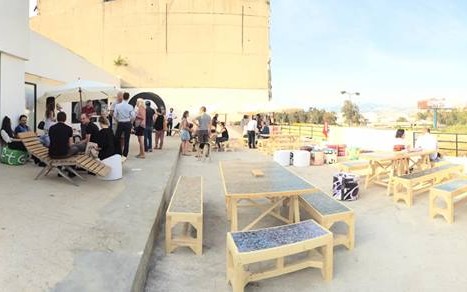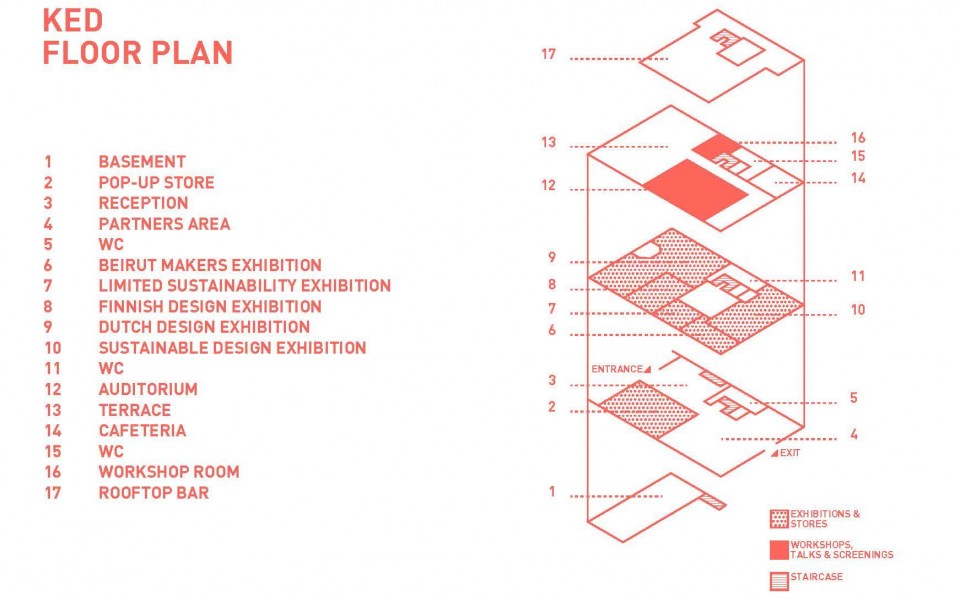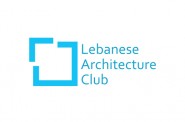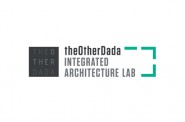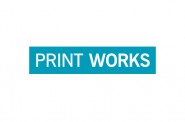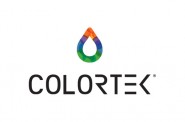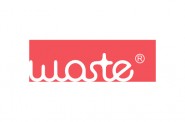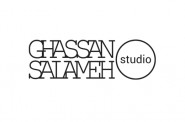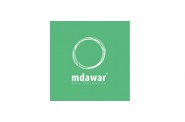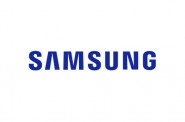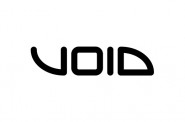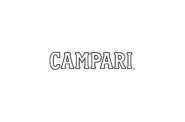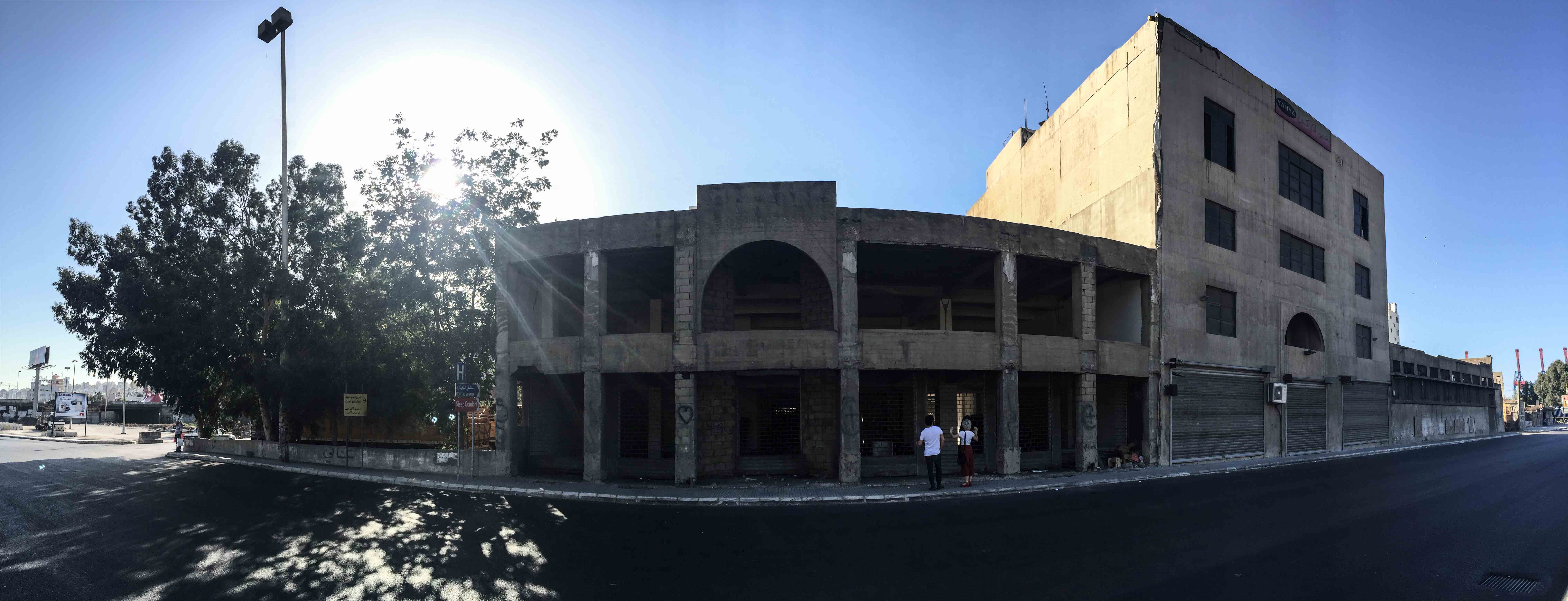
KED
The central BDW building, KED—which means “river” in Armenian—has a long and complicated history that dates back to the early 1900s. Although the architect of the building is unknown, the origins of this Karantina building are not completely forgotten. The current owners, the Markarian family, bought the building two generations ago. Originally the building comprised only one floor. In 1932, Garbis Markarian renovated the building in order to start the family business, a metallurgical factory called Markarian Establishment. Today, KED is owned and operated by his grandson, Gaby Markarian.
At the time that the factory was built, Karantina was a central camp for the Armenian refugees who had escaped the genocide carried out by the Ottoman Empire. Garbis Markarian, proved to be very skilled in the metal industry and decided to buy the building to expand his business. He chose the building because of its proximity to both the river for water usage and the port for importing and exporting goods.
As the business found success, in 1951 the family added the first floor, and later during the Lebanese Civil War, militias built a second floor. In the 1980s, however, the family was forced to abandon the factory, both because the war made it difficult for labor to reach the factory and also because business was going well, and they found a bigger factory location in Mkalles, where they still operate today.
During the civil war, Karantina was the site of a number of tragedies, the most famous of which was the Karantina Massacre (1976). The building became a strategic location for militiamen, who invited it in and squatted in it until 1989. The building remained in a decrepit state until February 2016, when renovations for Beirut Design Week began.
When Gaby Markarian met director of Beirut Design Week, Doreen Toutikian, through a mutual friend, they both set out to revive the building and named it KED. With the help of the Lebanese Architecture Club, the network of partners of the MENA Design Research Center, and Gaby’s labor force, the building was redesigned and renovated in only four months.
When asked, Gaby said: “I would like for KED to be a cultural hub for events and exhibitions. With the association of Beirut Design Week, the building will be an eye opener with regards to the area of Karantina as an expansion for the city of Beirut.” He hopes that in the near future Karantina will prosper and new generations will invest in the area with eco-friendly homes and businesses. When asked about why he decided to revive KED with Beirut Design Week, he confidently replied: “After I met Doreen and Vrouyr and saw their enthusiasm for a Beirut Design Week hub, I was convinced that it would be a great collaboration between us!”
At the time that the factory was built, Karantina was a central camp for the Armenian refugees who had escaped the genocide carried out by the Ottoman Empire. Garbis Markarian, proved to be very skilled in the metal industry and decided to buy the building to expand his business. He chose the building because of its proximity to both the river for water usage and the port for importing and exporting goods.
As the business found success, in 1951 the family added the first floor, and later during the Lebanese Civil War, militias built a second floor. In the 1980s, however, the family was forced to abandon the factory, both because the war made it difficult for labor to reach the factory and also because business was going well, and they found a bigger factory location in Mkalles, where they still operate today.
During the civil war, Karantina was the site of a number of tragedies, the most famous of which was the Karantina Massacre (1976). The building became a strategic location for militiamen, who invited it in and squatted in it until 1989. The building remained in a decrepit state until February 2016, when renovations for Beirut Design Week began.
When Gaby Markarian met director of Beirut Design Week, Doreen Toutikian, through a mutual friend, they both set out to revive the building and named it KED. With the help of the Lebanese Architecture Club, the network of partners of the MENA Design Research Center, and Gaby’s labor force, the building was redesigned and renovated in only four months.
When asked, Gaby said: “I would like for KED to be a cultural hub for events and exhibitions. With the association of Beirut Design Week, the building will be an eye opener with regards to the area of Karantina as an expansion for the city of Beirut.” He hopes that in the near future Karantina will prosper and new generations will invest in the area with eco-friendly homes and businesses. When asked about why he decided to revive KED with Beirut Design Week, he confidently replied: “After I met Doreen and Vrouyr and saw their enthusiasm for a Beirut Design Week hub, I was convinced that it would be a great collaboration between us!”


